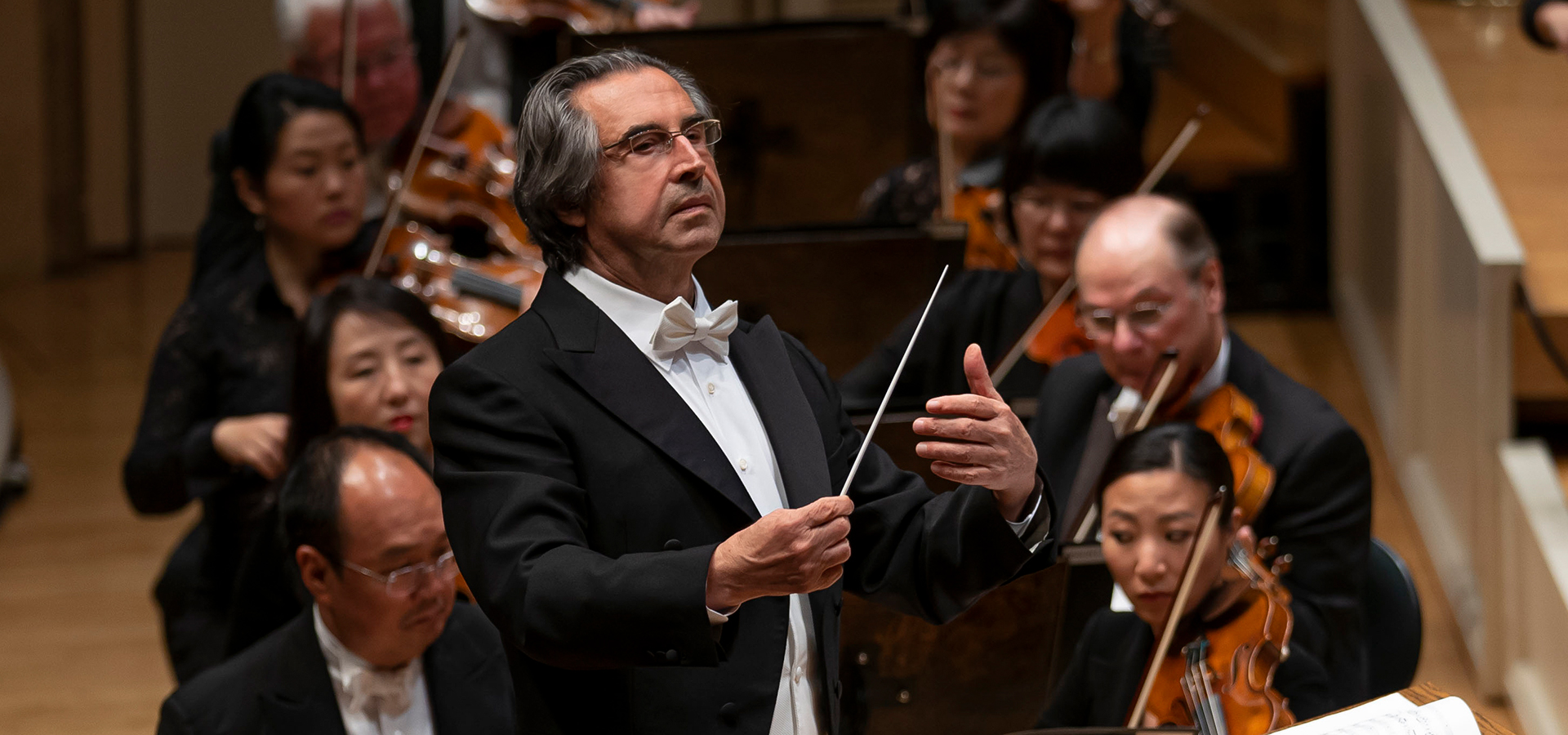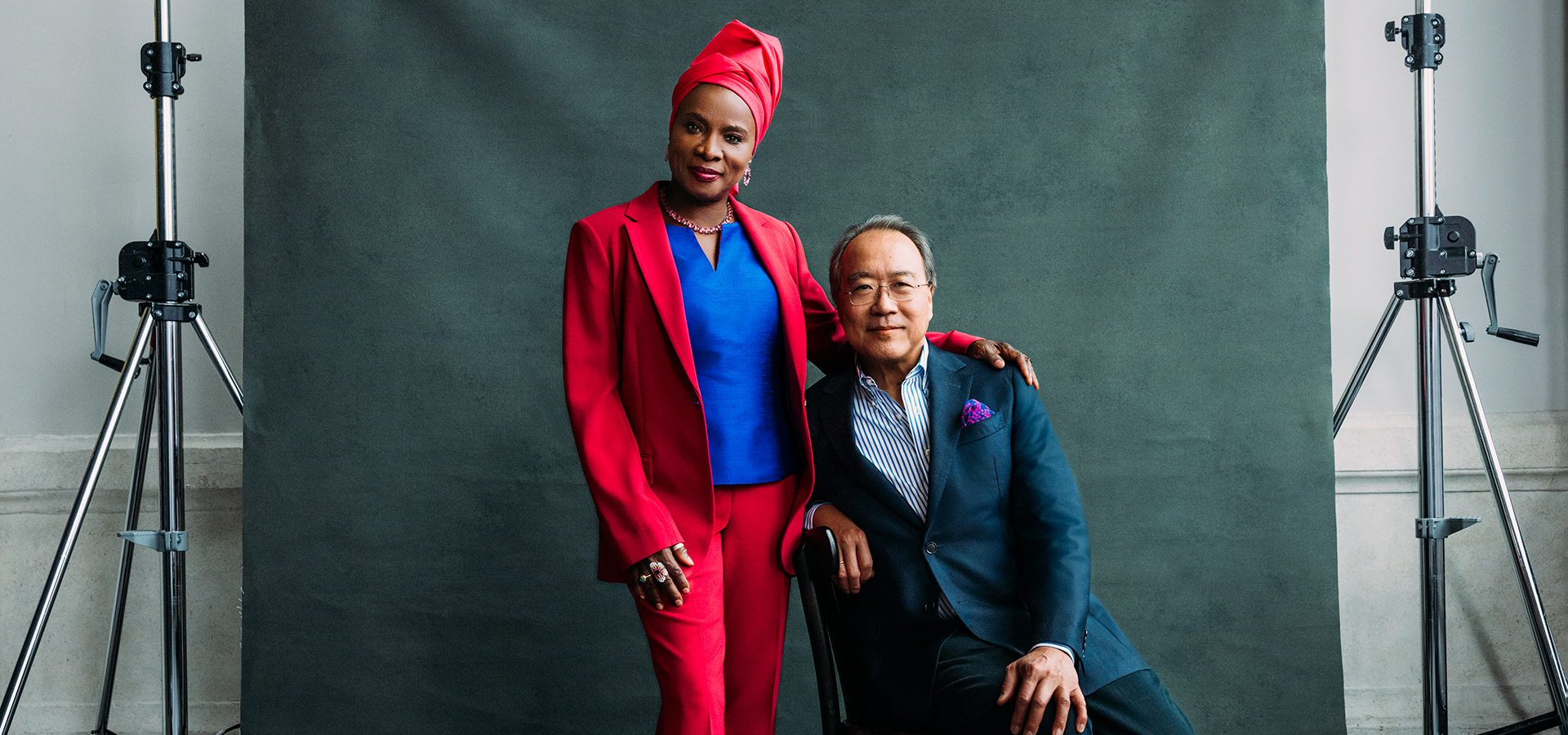
Fun Facts About Our 5 Most Popular Performances
Our Most Anticipated Performances, as Chosen by You!
By Krista Thomas, Cal Performances’ Associate Director of Communications
Tuesday, August 6 marks the day that tickets to all events on our 2024–25 season go on sale individually to the general public. But these won’t be the first tickets sold! Over the past three months, subscription sales have been thriving, and we’ve been crunching the data…
As single ticket on-sale approaches, we know it can be hard to decide which events to prioritize. In this article, we’re sharing a handful of our top-selling events on subscription should you want to take inspiration from your fellow arts lovers on what events are must-sees. Read on to learn fun facts about five of our most popular performances—so far!
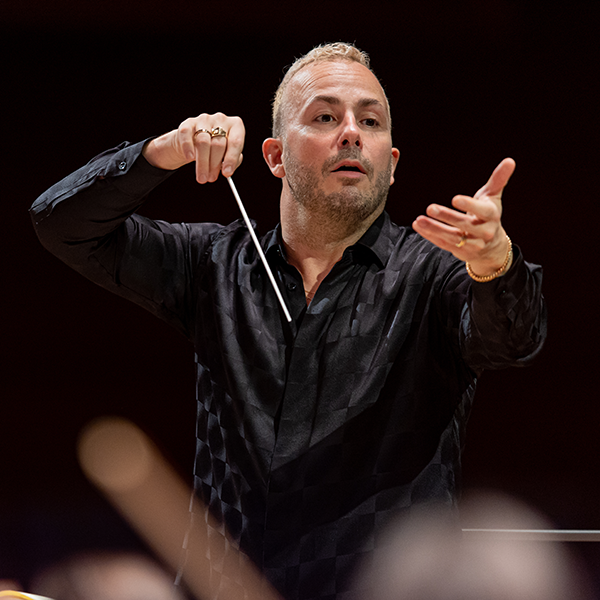
Vienna Philharmonic with Conductor Yannick Nézet-Séguin (March 5–7, 2025)
Our top seller, the Vienna Philharmonic comes to us with star conductor Yannick Nézet-Séguin for three days as part of the Maria Manetti Shrem and Elizabeth Segerstrom California Orchestra Residency, and also serves as the centerpiece of our annual gala! Each evening features a distinct program, with pianist Yefim Bronfman joining on March 7. See the full program.
Did you know?
- Nézet-Séguin recently served as actor Bradley Cooper’s conducting coach as Cooper prepared to play music legend Leonard Bernstein in the 2023 film Maestro.
- The orchestra’s three-night run opens with Mozart’s Symphony No. 41 in C major, K. 551, commonly referred to as Jupiter. The last and longest of Mozart’s symphony compositions, Jupiter is a masterful work that, in its final movement, integrates five different melodies simultaneously.
- The orchestra’s second performance features Dvořák’s Symphony No. 9 in E minor, Op. 95, From the New World. One of the most popular symphonies performed today, this work’s influence has expanded even beyond our own planet: in 1969, it is believed that astronaut Neil Armstrong took a recording of From the New World with him during the first moon landing.
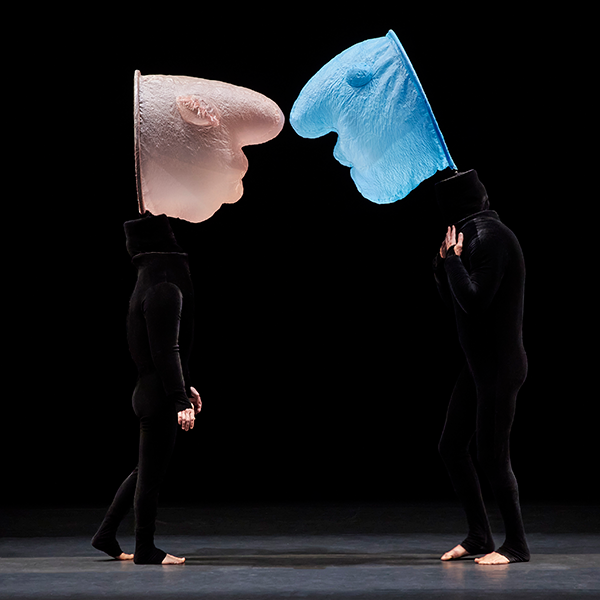
Mummenschanz, 50 Years (October 26–27, 2024)
Famed Swiss mime troupe Mummenschanz returns with a program celebrating the company’s five decades of groundbreaking performance. In a program that is sure to engage the entire family, Mummenschanz resurrects some of its most notable larger-than-life creatures, including Clay Masks, Toilet Paper Faces, and the air-filled Giants (more on these below!). See more on the program.
Did you know?
- Mummenschanz officially formed in 1972 and garnered international attention very quickly. By the end of that decade, they’d had a successful US tour and a multi-year run in Broadway, and were even featured on the popular children’s TV program, The Muppet Show.
- One of the group’s most striking creations, Toilet Paper Faces was debuted as part of the group’s Evolution program in the 1970s. At that time, the piece was actually a spoken sketch, and it wasn’t until later on when Mummenschanz decided to “convert all spoken numbers into mask play” (according to one of their founding members) that the piece transformed into a dramatic love story. (As a bonus fun fact, the group has attested that toilet paper in the US is too delicate to perform this piece, so they have to bring their own toilet paper over from Europe when they perform since it is heavier duty!)
- The air-filled Giants/inflatable faces sketch (as seen in the image above) was first developed with a special material procured in Italy. As the creators were developing the sketch, they noticed how air flow caused the faces to come together and, when the air stopped or changed, break contact with one another, which inspired the emotional milieu that underpins the work.
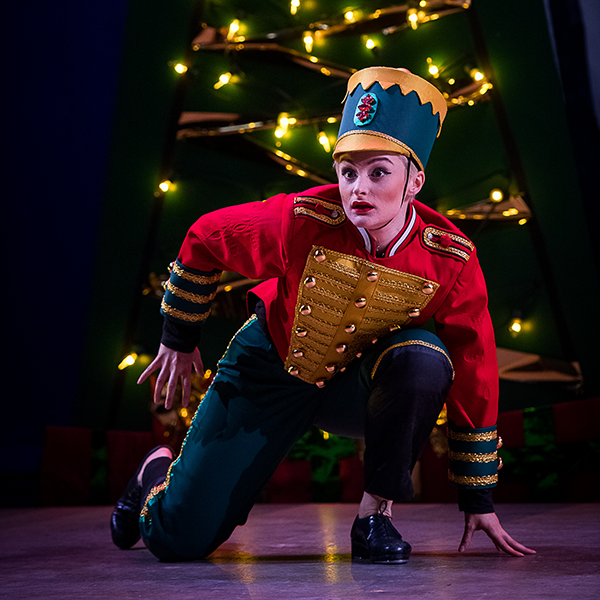
Dorrance Dance, The Nutcracker Suite (December 14–15, 2024)
Just in time for the holidays, tap dance meets hot jazz rhythms in Dorrance Dance’s explosive production of The Nutcracker Suite, danced to Duke Ellington and Billy Strayhorn’s inventive reinterpretation of the classic Tchaikovsky score. See more on the program.
Did you know?
- Developed in 1960, The Nutcracker Suite album was conceived by Strayhorn and represented Ellington’s first album that takes up the work of another composer. In 2018, Penguin Random House published a children’s book that tells the story of the music’s creation.
- One of the co-creators of the work, Josette Wiggan, has expressed that the entire production—set design, costumes, and choreography itself—is all designed to “pay homage to the movers and shakers/creators of [jazz in] the early to mid-1900s.”
- The vibrant, eye-catching costumes for The Nutcracker Suite were designed by New York artist Andrew Jordan, who has worked on sculptural costumes for a wide range of clients: from Broadway shows to fashion brands such as Ralph Lauren and Marc Jacobs, and even celebrity commissions for the likes of Madonna and Heidi Klum.

Orchestra of the Age of Enlightenment with Soprano Julia Bullock (January 19, 2025)
For her second engagement of the season, Cal Performances Artist in Residence Julia Bullock is joined by the famed period-instrument ensemble the Orchestra of the Age of Enlightenment to perform Baroque classics by Handel, Lully, Vivaldi, and Bach, among many others. See the full program.
Did you know?
- Bullock has described this program as “Baroque greatest hits,” and has shared that, rather than treating these works as “clichés,” she is looking forward to “lay[ing] them out boldly and without apology side by side, [to] let audiences enjoy them.”
- As a period ensemble, Orchestra of the Age of Enlightenment is committed to performing works for modern audiences as closely as possible to how they would have been performed at the time the works were created. While you might expect that this would require the use of some instruments whose names you wouldn’t recognize, you might be surprised to learn how many instruments commonly played today were configured differently during the Baroque era. On their website, the orchestra breaks down a variety of period instruments, including the 19th century horn, Baroque clarinet, and Baroque flute.
- Since its creation, the Orchestra of the Age of Enlightenment has had an expressed focus on “equality and inclusiveness.” The group was founded without a music director or conductor, and instead enforces a structure through which the players themselves get to manage the group.
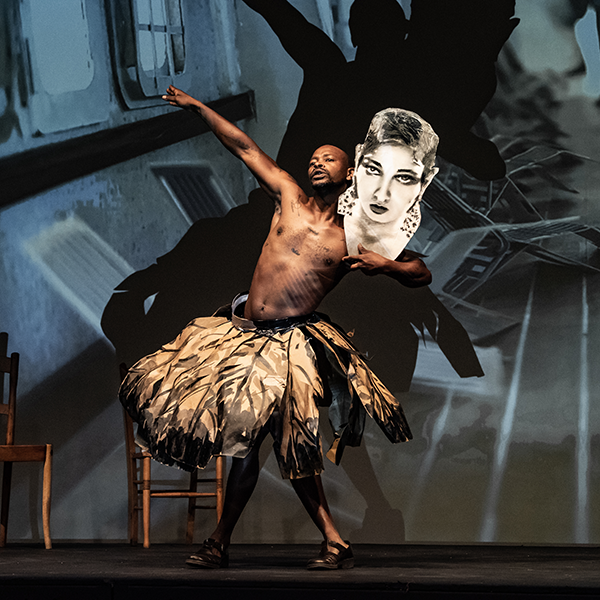
William Kentridge’s The Great Yes, The Great No (March 14–16, 2025)
Internationally acclaimed for his visual art and theater productions, South African artist William Kentridge returns to campus with his latest creation for the stage, the chamber opera The Great Yes, The Great No. The production reimagines a voyage of WWII refugees with a passenger list of iconic historical figures as a way to discuss complex ideas, including cultural exchange and colonization. See more on the program.
Did you know?
- William Kentridge is known for his talent in a wide range of artistic mediums, including drawings (especially charcoal drawings), projections, and sculpture, as well as theater. In this production, Kentridge’s artwork will be on full display on stage, adding a rich visual landscape to the acting and music-making.
- Choral composer Nhlanhla Mahlangu shared that it was important for Kentridge that each performer sings in their native language, since it is a more direct form of expression. At the time of the world premiere, the production featured a beautiful blend of seven different languages: English; French; and South African Isiswati, Isizulu, Isixhosa, Setswana, and Xitsonga! (Don’t worry, there will be subtitles when needed!)
- Contrary to what you might expect, when developing the opera, Kentridge and his team started with the visual and theatrical components, and then evolved a theme secondarily. In a lecture, Kentridge shared that he knew he wanted to utilize large masks and an all-woman chorus, and he even envisioned the ferryman character (who was an iteration of a previous character from The Head & The Load) before the greater message took shape. Once he had collected some of the key visual and performative elements he knew he wanted a stage for, he and his team asked, with these tools, what story can we effectively tell? It wasn’t until Kentridge came across an academic article about the real life journey that would become the backdrop of the opera that the theme began to reveal itself and was expounded upon.
You can learn more about these performances as well as the many others on our season at our season calendar. Can’t wait for single ticket on-sale on August 6, or already know you want to attend multiple performances? Subscriptions are still on sale!


